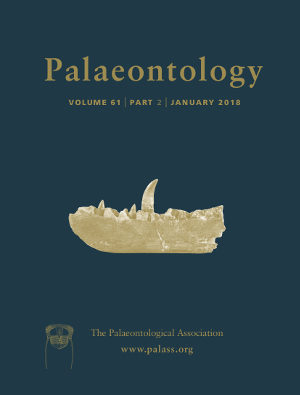Reg. Charity No. 1168330

In this paper a magnetostratigraphically calibrated biozonation of the Miocene–Pliocene continental record of the Guadix–Baza Basin (south‐eastern Spain) is presented. This biozonation is based on a rodent succession which ranges from the latest Miocene (c. 6 Ma) to the latest Pliocene (c. 2.6 Ma). A total of nine biozones have been defined for the late Miocene and Pliocene, all of them based on the range or concurrent‐range of rodent species: Apodemus gudrunae – Apocricetus alberti Zone, Apocricetus barrierei Zone, Paraethomys aff. abaigari Zone, Trilophomys Zone, Mimomys davakosi Zone, Dolomys adroveri Zone, Mimomys hassiacus Zone, Mimomys polonicus Zone and Kislangia ischus Zone. A magnetobiostratigraphical correlation has been established between these biozones and the standard ATNTS scale, on the basis of the palaeomagnetic analysis carried out on the sections of Negratín, Botardo‐1 and Gorafe. The correlation has been completed with previous palaeomagnetic analysis in the sections of Galera and Zújar. The magnetobiostratigraphical correlation here established indicates a late Messinian age for the Apodemus gudrunae – Apocricetus alberti Zone, a Zanclean age for the Apocricetus barrierei, Paraethomys aff. abaigari, Trilophomys and Mimomys davakosi zones and a Piazencian age for the Mimomys hassiacus, Mimomys polonicus and Kislangia ischus zones. The Dolomys adroveri Zone is mostly Zanclean in age, but its uppermost part belongs to the Piazencian. Therefore, unit MN13 is correlated with the late Messinian, MN14 is correlated with the early Zanclean, most of MN15 is correlated with the late Zanclean, while the uppermost part of MN15 and MN16 are correlated with the Piazencian.